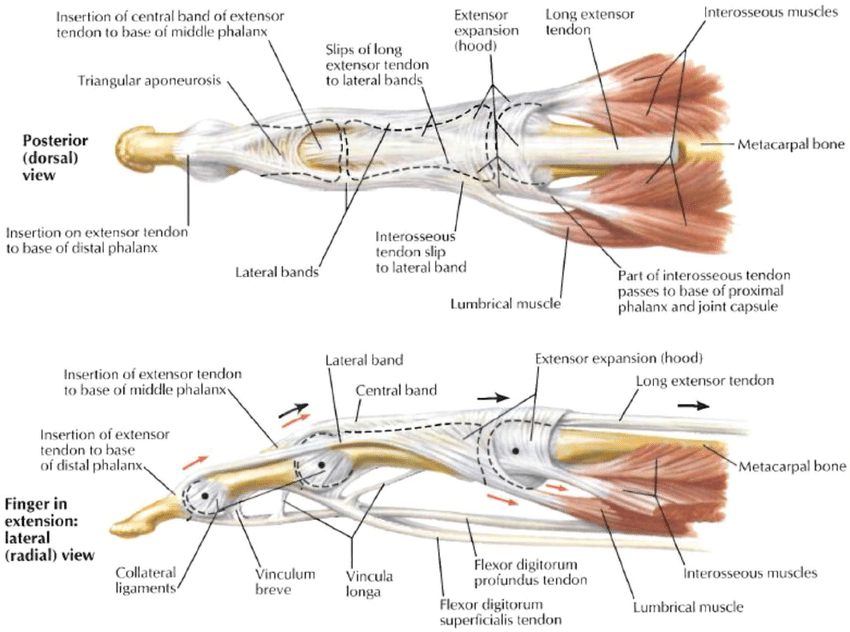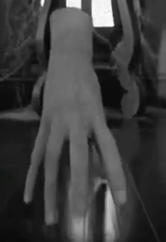|
kitarist -> RE: Tip joint in arpeggio (Jun. 3 2020 23:45:00)
|
quote:
ORIGINAL: hamia
quote:
ORIGINAL: kitarist
quote:
but the main power is a very rapid sideways snap/pull delivered by the middle knuckle.
Not really. Remember that during that apparent middle joint flexion, the string is ALSO being pressed into the guitar the whole time (so that , when released, it will deliver a prope
Remember! Ha ha, dude I do understand what I am talking about (I spent 6 years at university studying physics for whatever that's worth) - you might have misunderstood my meaning which is another matter [;)].
Let's recap - you said Paco's videos are pretty clear - that he plays with the 'middle knuckle method' as you call it in which according to you "the main power is a very rapid sideways snap/pull delivered by the middle knuckle".
My objection was that since the string is also being displaced into the guitar during that apparent middle joint flexion - the force for which cannot come through the middle joint but through the knuckle joint - what you claimed cannot be correct.
From the rest of your reply, it seems you think there is no displacement in the into-guitar direction with the 'middle-joint method', and by implication, you think Paco is not displacing into the guitar either. (or else how can you dismiss my argument? Or are you agreeing with me just presenting a hypothetical different scenario which is unrelated to Paco's videos you commented on? And are you agreeing with the mechanics of middle-joint-only movement I described - that it just adds counter forces and thus more tension? Did you do the index finger experiment?)
Well, he (Paco) definitely is, it is an observable fact. Also, it is a settled science that you need to do that in order to produce a good tone and volume. I don't know how you are not hearing a difference, but it is night and day. For a visual confirmation - if you do your experiment again, look along the plane of the strings from 6 to 1 while doing it - the string dips into the guitar (so it deviates from that plane of view) while you push it sideways even with the 'middle joint method'.
One possible source of confusion, sometimes, is that some students think 'pushing into the guitar' means doing ONLY that - without any horizontal displacement of the string at all - and alternatively, that having some horizontal displacement means one is not pushing into the guitar properly or at all. But there is always a contribution from both, with rest stroke typically having a larger into-guitar displacement component than free stroke does.
Lastly, what does it matter if you had 6 years of physics - whether I knew that or not would not have changed what I wrote as a counter-argument (I meant to say 'recall that..'; not 'remember' - that's my ESL). I am still unclear if you agreed with me or not but it seemed like you didn't, hence the recap above to pin down on what and where.
However, in case you do indeed think that there is no into-guitar component in Paco's stroke, despite observations, then we don't really have anything in common enough to discuss this further, though.
|
|
|
|


